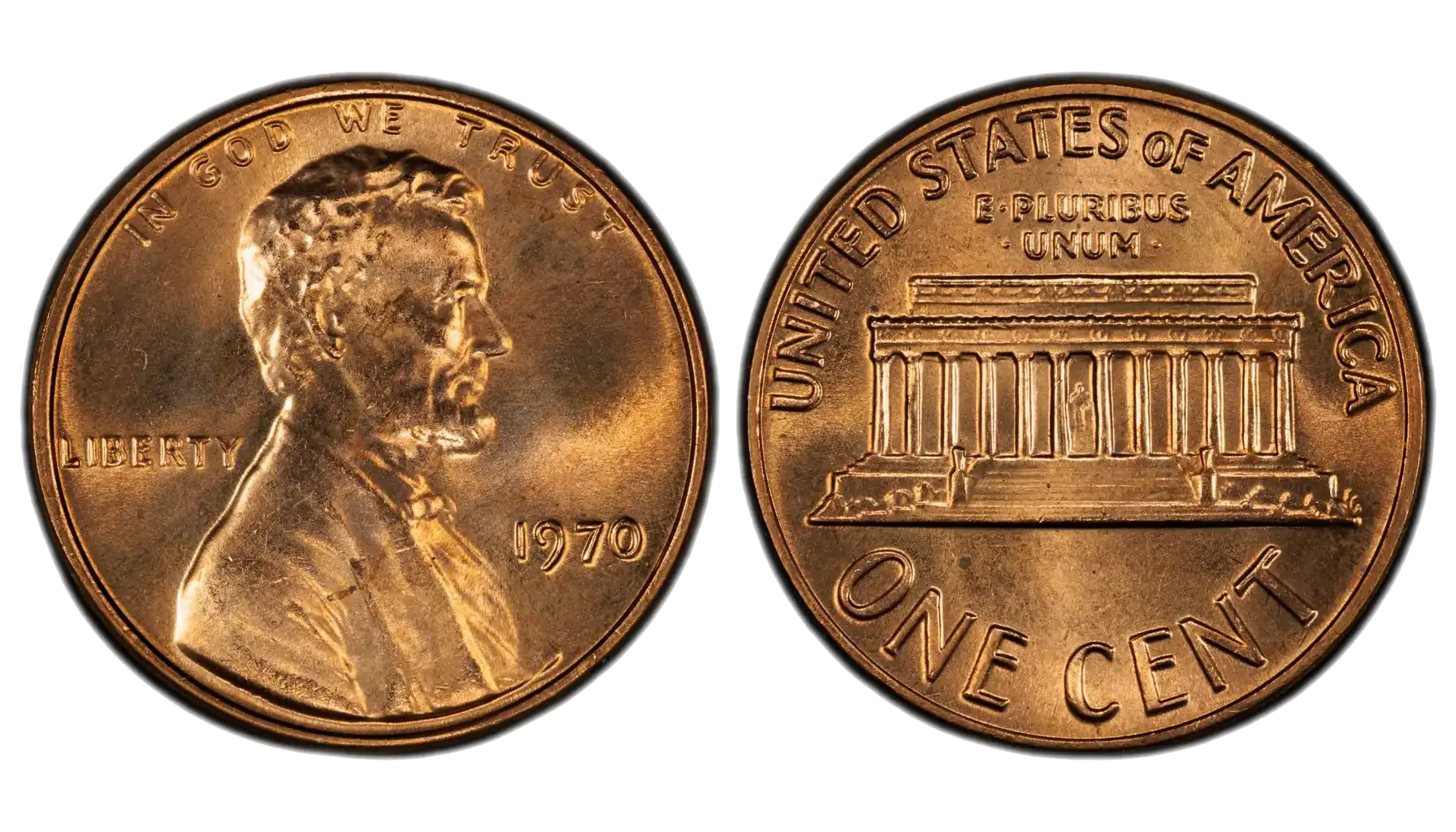Contents:
Coin collecting is more than a hobby—it’s a way of touching history. One coin that embodies this sentiment is the 1928 Lincoln penny. It may seem like just another cent at first glance, but as we start identifying coins and their values, this nearly century-old piece of copper starts carrying much more, especially when you consider its different mint marks and condition.
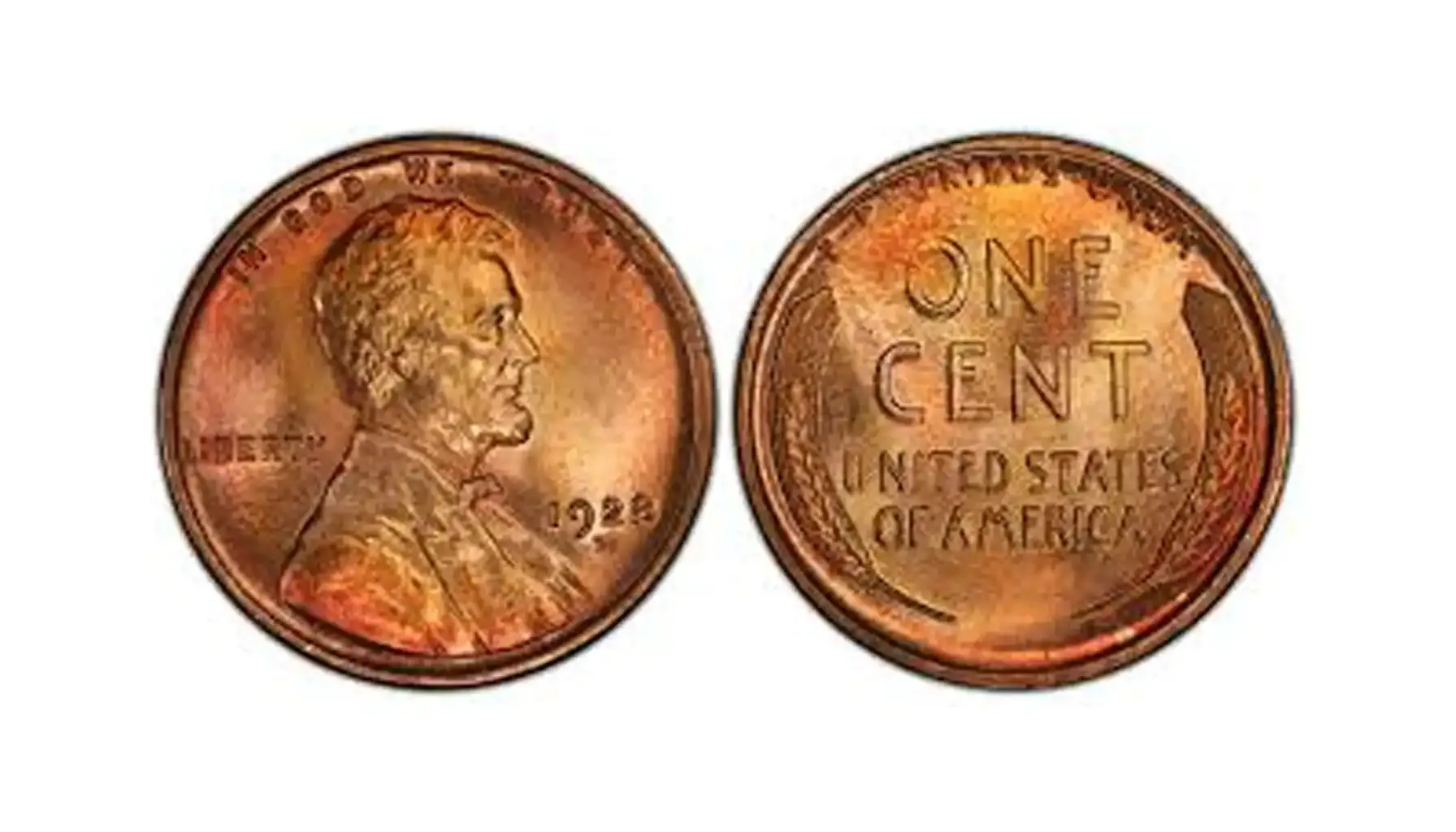
1928 Lincoln Wheat Penny at a Glance
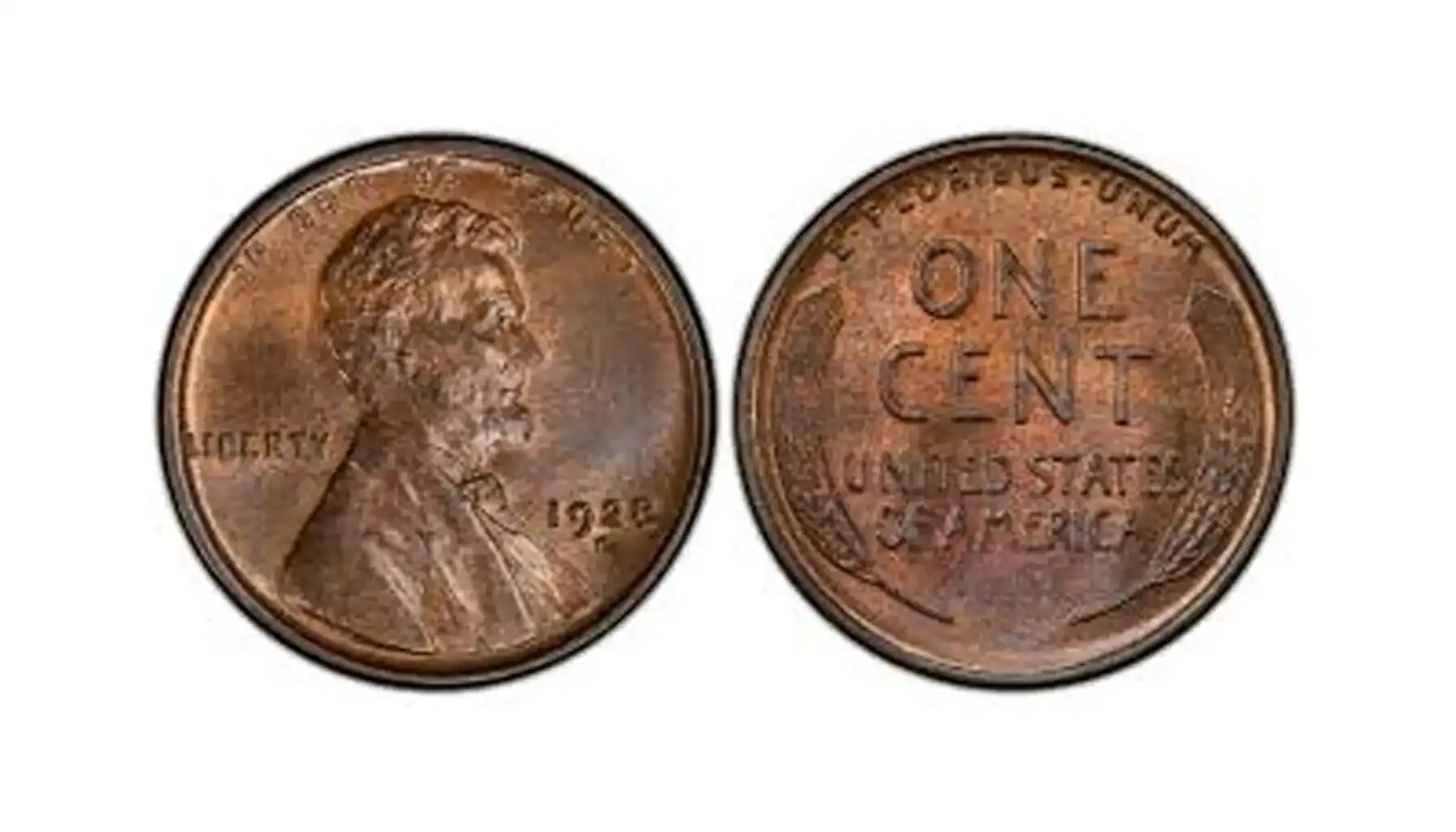
Before diving into 1928 penny value today and its rarity, it's helpful to understand the physical and design specifications of this coin. The 1928 Lincoln wheat penny is part of the broader Lincoln cent series, known for its distinctive wheat reverse.
Feature | Details |
Designer | Victor David Brenner |
Obverse Design | Abraham Lincoln profile |
Reverse Design | Two wheat stalks (Wheat Ears) |
Metal Composition | 95% copper, 5% tin and zinc |
Weight | 3.11 grams |
Diameter | 19.05 mm |
Edge | Plain |
Mints | Philadelphia (no mint mark), Denver (“D”), San Francisco (“S”) |
Face Value | One cent |
What makes the penny from 1928 fascinating for numismatists is how differently these coins can perform on the market depending on their origin and condition. While Philadelphia produced the largest share, Denver and San Francisco coins are often worth significantly more—particularly in uncirculated condition.
Advised reading: Learn more about one of the newest pennies in our another article.
The Importance of Mint Marks in 1928 One Cent Penny
Mint marks tell you where a coin was produced—and for the wheat penny 1928, that small letter (or lack thereof) has a big impact on 1928 penny coin value. Here's a quick breakdown:
Philadelphia (No Mint Mark)
With over 134 million coins minted, Philadelphia’s 1928 pennies are the most common. These are the coins you’re most likely to find in circulation or tucked away in old jars or collections.Denver (“D” Mint Mark)
Denver struck around 31 million Lincoln cents in 1928. Though not exceedingly rare, the 1928-D penny is far less common than the Philadelphia issue and commands better prices in higher grades.San Francisco (“S” Mint Mark)
The San Francisco Mint produced just 17 million coins in 1928—making these the scarcest of the year’s mint runs. Uncirculated examples, especially in vibrant red, are highly sought-after and can be quite valuable.
Understanding these variations is crucial. Two pennies with the same date but different mint marks can have a 10x difference in market value of a 1928 wheat penny. That's why even seasoned collectors examine mint marks closely before assessing worth or making trades.
Recommended article: What Does Mintage Mean? A Quick Look into Coin Production
How Condition and Color Impact Penny 1928 Value
When understanding the value of a 1928 penny—or any collectible coin—condition is everything. Coins are graded on a standardized scale ranging from Good (G-4) to Mint State (MS-70). And for Lincoln cents, color is another key variable:
Brown (BN): The most common, indicating a circulated coin with full oxidation.
Red-Brown (RB): Intermediate tone; some original luster remains.
Red (RD): Bright and unoxidized; typically uncirculated coins. These are the most valuable.
For example, a 1928-S graded MS 66 in red sold for $45,600—a staggering leap from the $2–$5 range you'd expect for a circulated version of the same coin.
In short, a coin’s grade and color can make the difference between pocket change and a paycheck.
Breaking Down the Value: What Is a 1928 Wheat Penny Worth
Knowing your 1928 Lincoln Wheat Penny’s mint mark and condition is essential—but numbers speak louder than theory. Below is a comprehensive value of 1928 wheat penny chart for brown coins (the most common type found in circulation). Keep in mind: red and red-brown coins—especially in Mint State—are significantly more valuable.
How Much Is a 1928 Wheat Penny Worth Today (Brown Coins)
Condition | No Mint Mark (Philadelphia) | 1928 D (Denver) | 1928 S (San Francisco) |
Good (G-4) | $1 | $1 | $2 |
Very Good (VG-8) | $1 | $1 | $3 |
Fine (F-12) | $1 | $2 | $5 |
Very Fine (VF-20) | $3 | $8 | $15 |
Extra Fine (EF-40) | $3 | $14 | $20 |
About Uncirculated (AU-50) | $5 | $22 | $34 |
MS 60 (Brown) | $14 | $42 | $120 |
MS 63 (Brown) | $26 | $65 | $225 |
Note: These are general estimates based on past market averages. Certified coins with desirable traits—such as original red luster or rare errors—can exceed these values.
1928 Penny Value No Mint Mark: Highlights
Despite being the most common, Philadelphia pennies from 1928 can still surprise collectors. Here’s how the 1928 wheat penny no mint mark value changes with condition and color:
Circulated: $1 to $5
AU (About Uncirculated): Around $5–$20 depending on tone and sharpness
Mint State (Brown): $14–$26
Mint State (Red): $50–$550 on average
Top Grade Auction Sales:
MS 67 Red: $6,000 (2025, private auction)
F12 Brown (Certified): $1,035 (2023, online auction)
Even common coins, when preserved well, can yield major returns—especially for those with full strike detail and minimal blemishes.
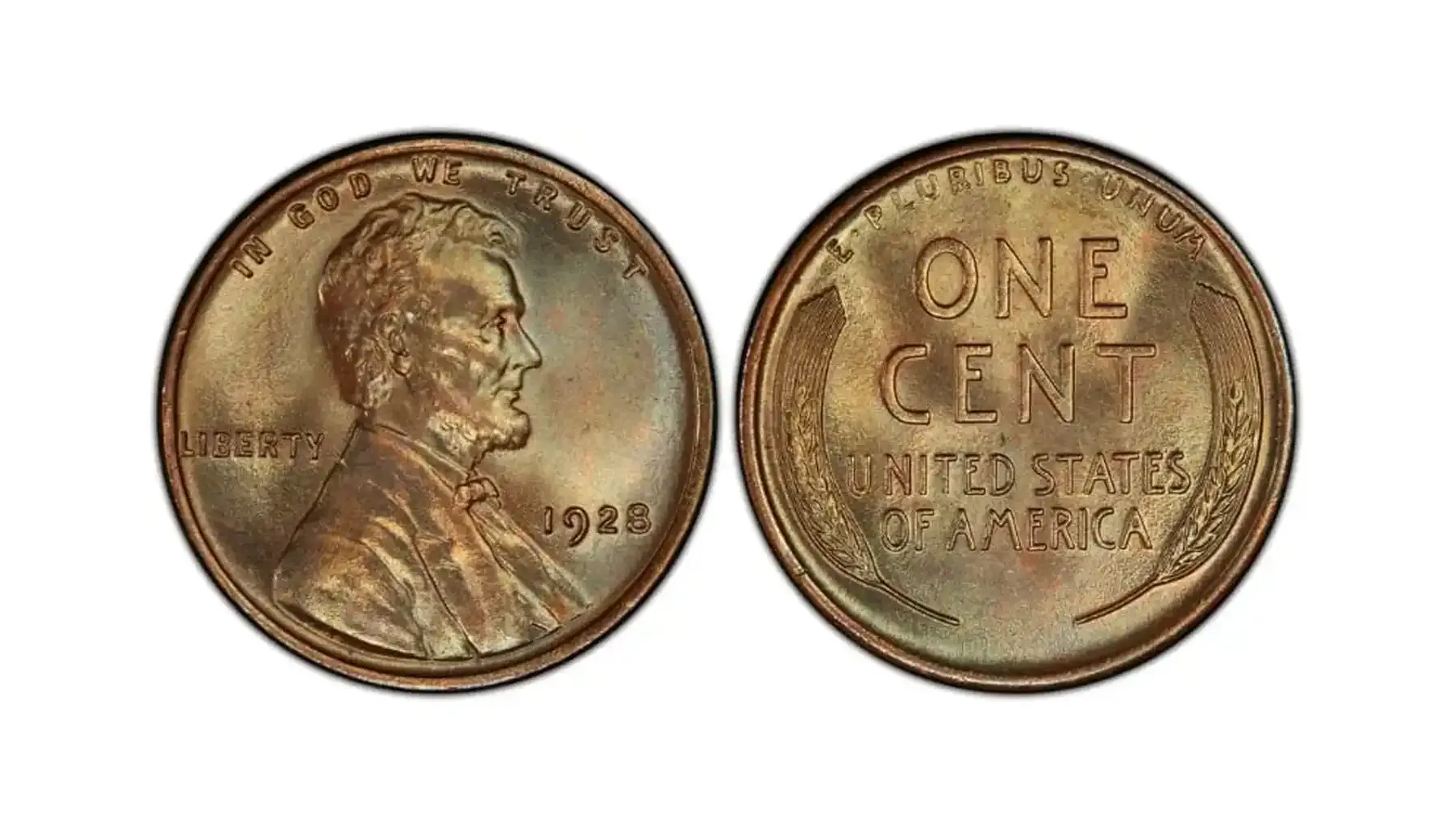
1928 D Penny Value Highlights
With only 31 million coins struck, the 1928-D penny is much scarcer than its Philadelphia sibling. Denver issues command solid premiums in higher grades:
Circulated: $1 to $22
MS 60 to MS 63 (Brown): $42–$65
Red MS coins: $150 to over $11,000
Auction Record:
1928-D MS 66 Red: $12,600 (2022, Heritage Auctions)
Denver coins often show weaker strikes compared to Philadelphia, making sharply detailed examples in red particularly scarce—and therefore valuable.
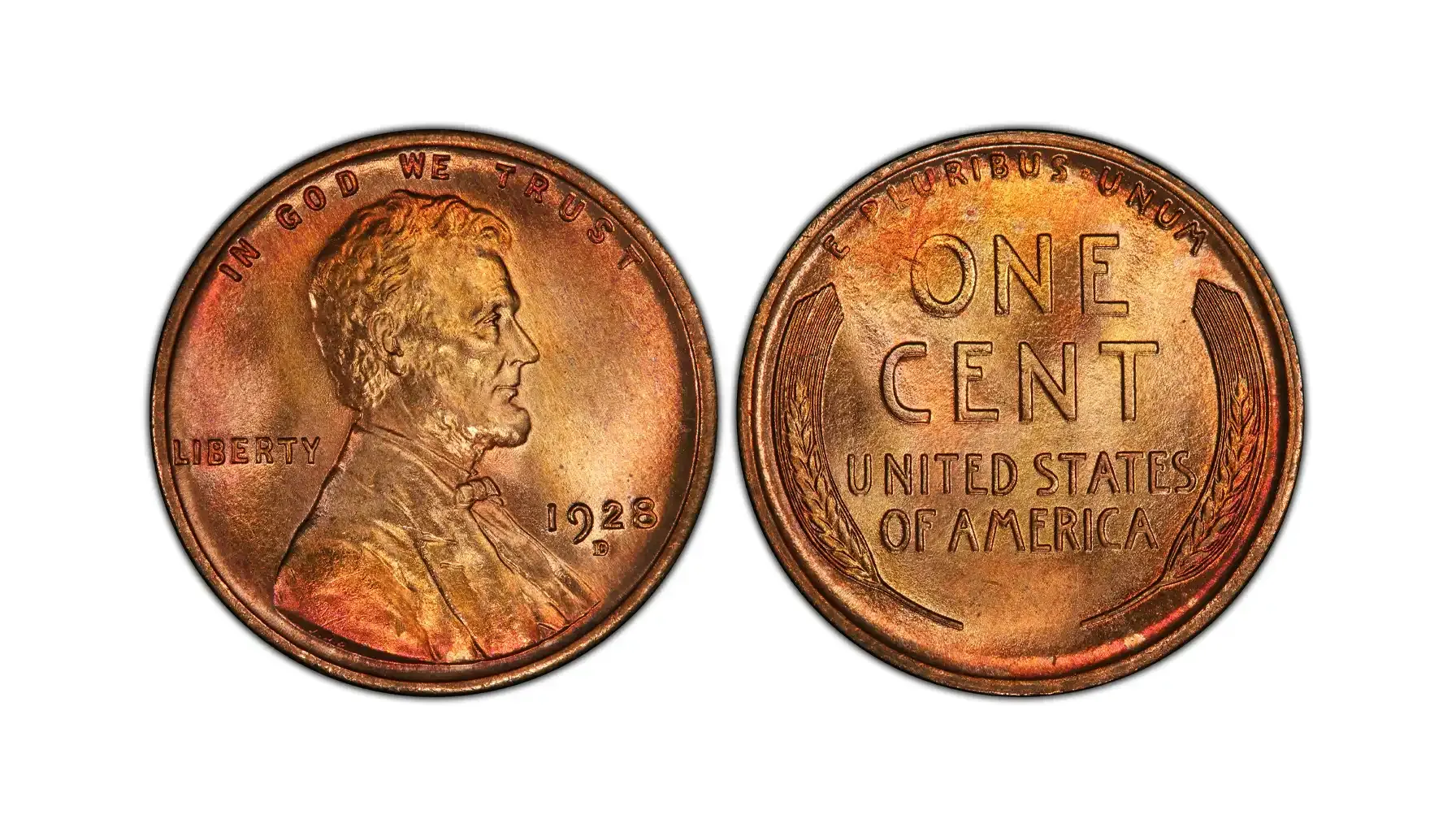
1928 S Penny Value Highlights
The lowest mintage of the three—just 17 million coins—makes 1928-S pennies the rarest of the bunch. When you add original red coloration and high grades, 1928 s wheat penny value can skyrocket:
Circulated: $2 to $45
AU: $34 and up
MS 60 to MS 63 (Brown): $120–$225
MS Red coins: $400 to $1,850+
Auction Highlights:
MS 66 Red: $45,600 (2020)
MS 65 Red: $5,875 (2019)
This coin is the star of the 1928 trio. Many serious collectors aim to acquire a certified high-grade 1928-S to complete their set with prestige.
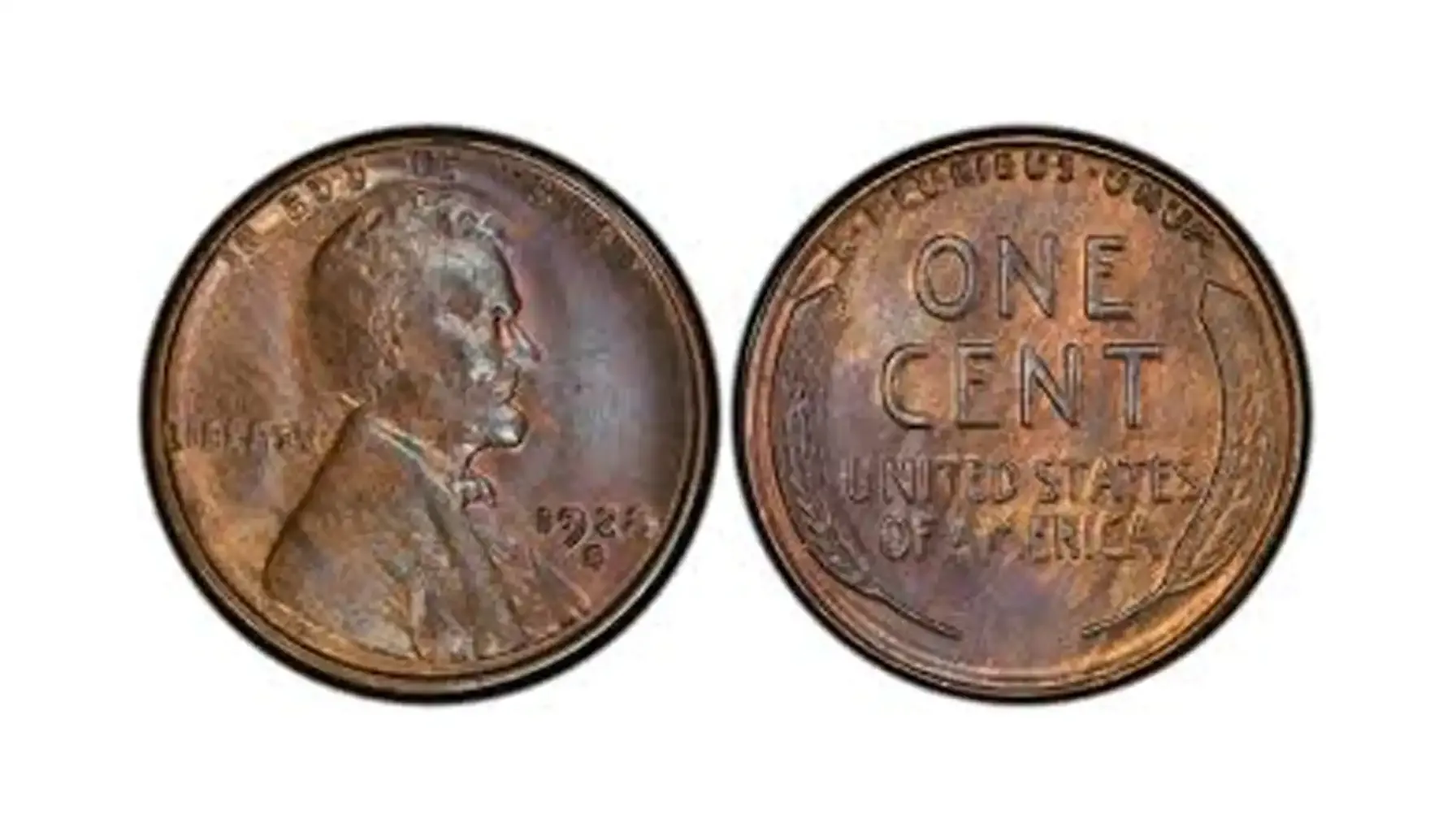
What About Errors? Rare Finds to Look For
While not as widely documented as other years, there are still known 1928 wheat penny error examples. What makes a 1928 penny rare is certain varieties and mistakes that command significant premiums:
Off-Center Strikes (5–15% off): $75 to $250+
Double Dies (especially obverse): $100 to $1,000 depending on clarity
Die Cracks / Cuds: $10 to $200 depending on severity
Struck Through Grease: Less valuable but still collectible
If you suspect your 1928 penny has an error, a professional appraisal or third-party grading is crucial. 1928-d wheat penny error samples are highly specialized, and minor imperfections don’t always translate into big money—but when they do, the payoff is substantial.
Is a 1928 Wheat Penny Worth Anything: How to Grade Your Cents
Grading is the most critical step in determining a true 1928 D wheat penny value. Even a small difference in grade—say, from MS 64 to MS 65—can increase the 1928 wheat penny value today by hundreds or even thousands of dollars. While professional grading by services like PCGS or NGC is always ideal for high-priced coins, here’s a simplified breakdown of what to look for:
Grade | Details |
Good (G-4) | Very worn; only major details remain visible. Legends are readable but faint. |
Very Good (VG-8) | More detail in the hair and lettering; rims start to show definition. |
Fine (F-12) | All major features are visible; moderate wear across the entire surface. |
Very Fine (VF-20) | Light wear on high points; all details sharp and clear. |
Extra Fine (EF-40) | Minimal wear; fine lines in hair and wheat stalks are visible. |
About Uncirculated (AU-50) | Slight trace of wear on the highest points; luster mostly intact. |
Mint State (MS 60–67) | No wear, full mint luster, and sharp details. May have bag marks. |
Tip: If you’re unsure about your coin’s condition, take clear, high-resolution photos and use online grading visual guides—or submit your coin to a professional for certification.
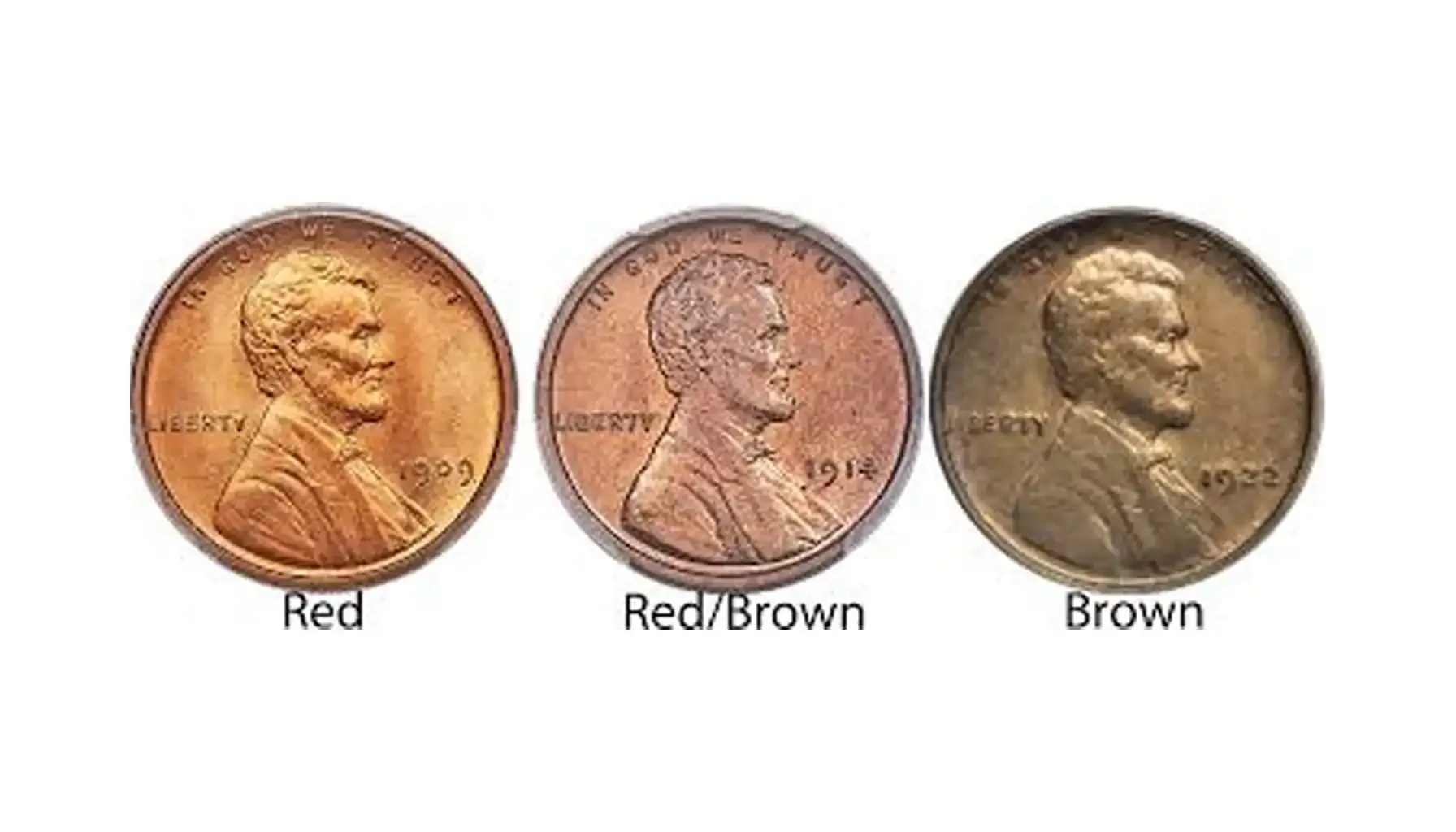
Recommended article: Lincoln Wheat Penny Value: Rare Coins Worth Millions
Where to Sell or Appraise Your 1928 Penny
Once you’ve identified your coin’s grade and potential 1928-D penny value, the next step is knowing where to sell it—or whether to hold it.
Top Selling Options
Online Auctions (eBay, Heritage Auctions)
Great for rare or high-grade coins. Always provide clear photos, detailed descriptions, and grading info if available.Coin Dealers and Shops
Ideal for quick sales, especially if you have multiple coins. Be sure to compare offers from several dealers.Coin Shows & Numismatic Events
Opportunities to meet expert collectors who may pay a premium for high-grade or error coins.Online Appraisal Tools
Use tools like Coin ID Scanner to instantly identify and find 1928 no mint wheat penny value using your smartphone’s camera. This can help you verify whether your coin is common or a hidden gem.
Is a 1928 Penny Worth Anything in Modern Collections
You may wonder why a copper cent minted nearly a century ago still draws attention in coin circles. The reasons are both practical and sentimental:
Historical Significance
The 1928 penny D is a relic from the Roaring Twenties—a period of economic boom, societal shifts, and pre-Great Depression tension. Owning a coin from this era is like holding a tangible slice of history.
Affordability Meets Potential
Most 1928 no mint mark wheat penny value in circulated condition is small, making them perfect for beginner collectors. At the same time, finding a red MS 66+ version could mean uncovering a coin worth $10,000 or more.
Collector Demand
Wheat pennies have remained one of the most collected U.S. coin types due to their nostalgic design and the challenge of completing date/mint sets. The 1928-S, in particular, is a key semi-key date in higher grades.
1928 penny no mint mark value is higher than its face—it’s a window into the past and a real opportunity for collectors. Whether you have a common Philadelphia issue or a rare San Francisco gem, understanding the coin’s grading, mint mark, and condition can unlock the true potential of 1928 pennies worth money.
Here’s a quick recap:
Philadelphia coins are common, but red uncirculated examples can reach $6,000+
Denver coins in MS 66 red sold for over $12,000
San Francisco coins are the rarest—top specimens have auctioned for $45,600
If you’re not sure what your 1928 penny is worth, try scanning it with the best free coin identifier app. It’s a fast, reliable way to get real-time identification and valuation—and it just might reveal that you’ve been holding onto a tiny treasure all along.



